
Happy 725th Birthday
Edward II, King of England (1284-1327)
Historians largely regard the reign of Edward II as one of the most ineffectual of the Middle Ages. The nobility deemed his intimacy with Piers Gaveston (d. 1312) inappropriate and excessive; and Edward's insistent loyalty to his closest friend only further alienated them, ultimately contributing to his own fall from power.
Edward was born on April 25, 1284 at
Edward also gambled, frequently losing large sums of money. In addition, he formed intense friendships with men whom his father felt wielded too much influence over the prince. Piers Gaveston, a knight from Gascon, was the first and most important of Edward's favorites.
Gaveston and Edward may have become intimate friends during the Scottish campaign led by Edward I in 1300. The king became critical of this friendship, and exiled Gaveston from England.
In 1307 Edward I died, and Edward II became King of England. He immediately called Gaveston back from exile, despite the opposition of most of the English barony, who disapproved of the new king's close relationship with his favorite.
Edward defied the barons and even allowed Gaveston to serve as regent when he traveled to Boulogne in 1308 to marry Isabella of France. The nobles' increasing dissatisfaction with Edward led them to use Gaveston as a way to gain power over the king.
In 1311, Thomas, Earl of Lancaster, led the barons to demand a number of political reforms, as well as the exile of Gaveston. Edward bridled at the restrictions, and Lancaster's faction rebelled.
Edward and Gaveston were ill-prepared for the rebellion, and after being besieged in his castle, Gaveston quickly surrendered, assuming he would be treated favorably by the Earl of Pembroke. The Earl of Warwick subsequently captured Gaveston and after a bitter exchange, he was tried and convicted of treason, handed over to Lancaster, and summarily executed.
These events enraged Edward, but also left him almost powerless. For the next few years, Lancaster dominated Edward's reign.
There has been much speculation as to the exact nature of the relationship between Edward and Gaveston, most of it largely inconclusive. Gregory Bredbeck argues that the idea of Edward's homosexuality is "almost entirely an invention" of the late Renaissance. He credits Christopher Marlowe's play The Tragedy of Edward II (1590?) as largely responsible for his inclusion in gay and lesbian history.
Yet the historical record is decidedly vague. As Paul Hammond notes, medieval historians are uncertain how to describe the relationship. Edward's love for Gaveston certainly defied conventional boundaries, but it is hard to pinpoint whether Edward's ultimate transgression was simply loving one man too much, thereby unsettling the delicate balance of patronage, or was a violation of sexual boundaries as well.
Several of the contemporary chroniclers, including Raphael Holinshed, while not saying specifically that the relationship between Edward and Gaveston was sexual, certainly describe it in sexual terms, one saying that the king fell in love with the young noble "at first sight." Moreover, as Alan Bray points out, one royal document characterizes the union between the two men as a kind of "wedded" or "sworn" brotherhood, a form of voluntary kinship.
We can not say with certainty that Edward practiced same-sex sexual activity with Piers Gaveston. We do know, however, that later in his reign, Edward formed an equally intense relationship with Hugh Despenser.
Unlike Gaveston, who had little interest in wielding political power, Despenser used his influence to gain power for himself and his father. In 1322, Edward defied renewed attempts by the nobles to restrict his power and allowed Despenser and his father to rule the country.
In 1326, Isabella, who had been estranged from Edward since 1322, and Roger Mortimer, a baron who had become the queen's lover the year before, invaded England and captured Edward and the Despensers.
They quickly tried, convicted, and executed Hugh and his father. They officially removed Edward from the throne and imprisoned him. His son became king, while Edward languished in prison. After being tortured, he was killed on September 21, 1327.
According to contemporary chonicles, Edward was killed by having a red hot spit thrust into his anus. While this method of execution may have been chosen to conceal signs of torture, the fact that it symbolically suggests homosexual intercourse was not lost on later poets and playwrights who told the story of the king's tragic life and death.


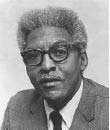



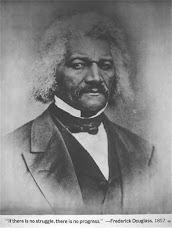
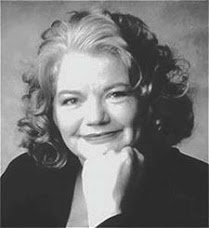



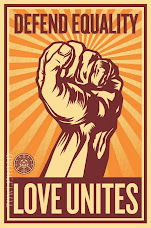
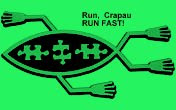
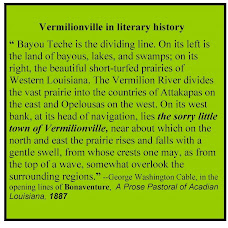

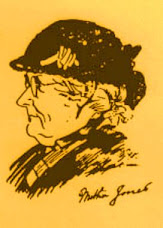
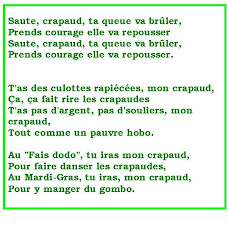

No comments:
Post a Comment